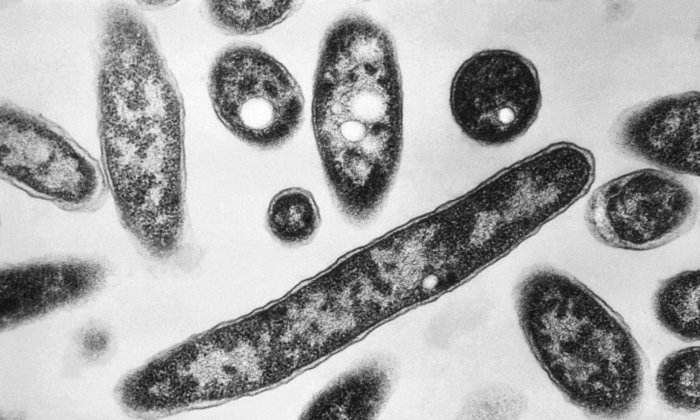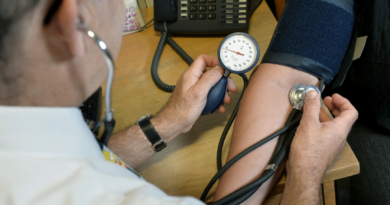Elderly Woman Passes Away, 60 Cases of Legionnaires’ Disease Reported in Victoria
Those at greater risk include people over 40, smokers, and those with chronic lung disease, weakened immune systems, or conditions like heart and liver disease.
More than 60 cases of Legionnaires’ disease have been identified in Victoria, with one woman in her 90s dying after falling ill on July 30.
Legionnaires’ disease is a form of pneumonia caused by the Legionella pneumophila bacteria, which can be found in water systems, including lakes, rivers, cooling towers, plumbing systems, and hot water tanks and heaters.
Chief Health Officer Dr. Clare Looker said approximately 59 of the confirmed cases and seven of the suspected cases have been taken to hospital.
Looker further explained that most cases are concentrated in the northwestern suburbs of Melbourne, specifically in Derrimut and Laverton North.
Symptoms include shortness of breath, cough, fever, severe headache, chills, muscle aches, and pains. Smoking, chronic lung disease, people over 40 and those with a chronic lung disease are at a greater risk of infection.
Cooling Towers Likely Linked to Outbreak
The chief health officer said cooling towers were the focus of the health department’s investigation as they were most commonly the source of Legionella outbreaks.
“Our priority at the moment has been inspecting and disinfecting all cooling towers in these suburbs, at which there are more than 100,” she said.
“Already our teams have visited, inspected, and tested 41 cooling towers and that work is continuing over coming days.”
Disinfection happens at the time these visits are made, usually within 24 hours of the testing, regardless of test results.
“That means that irrespective of whether the legionnaire bacteria is present, that disinfection is put through the system, and then any legionella that is there is dealt with immediately,” she added.
Looker mentioned that definitive test results may take a number of days.
“Like many bacteria, legionella can take a number of days to grow enough to be detected as a positive in those samples,” Looker said.
“We think it would be very unusual for multiple towers to be the source of the legionnaires outbreak, but with many cases spread across Melbourne over a short period of time, we are maintaining an open mind.”
Victorian Premier Jacinta Allan urged anyone with symptoms to seek medical attention.
“Particularly for people who may have other underlying conditions or who may be vulnerable or immunocompromised, this can be quite a severe illness,” she said.
“There are many people in ICU and many who are currently hospitalised.”
While Health Minister Mary-Anne Thomas assured that Victoria’s health system is equipped to cope with the rise in cases, she was concerned the source of the disease had not been identified.
“Our GP practices, all of our health services, are all alert to the symptoms of legionnaires’ and are well placed to be able to treat people that receive the care,” she said during a press conference at Parliament House.
Health Department Urges PCR Testing for the Disease
The Victorian health department emphasised that Legionnaires’ disease is spread by breathing in fine droplets of water containing Legionella bacteria.
It is not usually spread from person-to-person or by drinking contaminated water.
Clinicians are advised to request “urgent urinary antigen testing” via a pathology provider if Legionnaires disease is suspected and to order Legionella culture and PCR on respiratory fluid samples.
“Legionnaires’ disease is an urgent notifiable condition that must be notified to the Department of Health upon initial diagnosis or clinical suspicion as soon as practicable and within 24 hours,” the department said.




